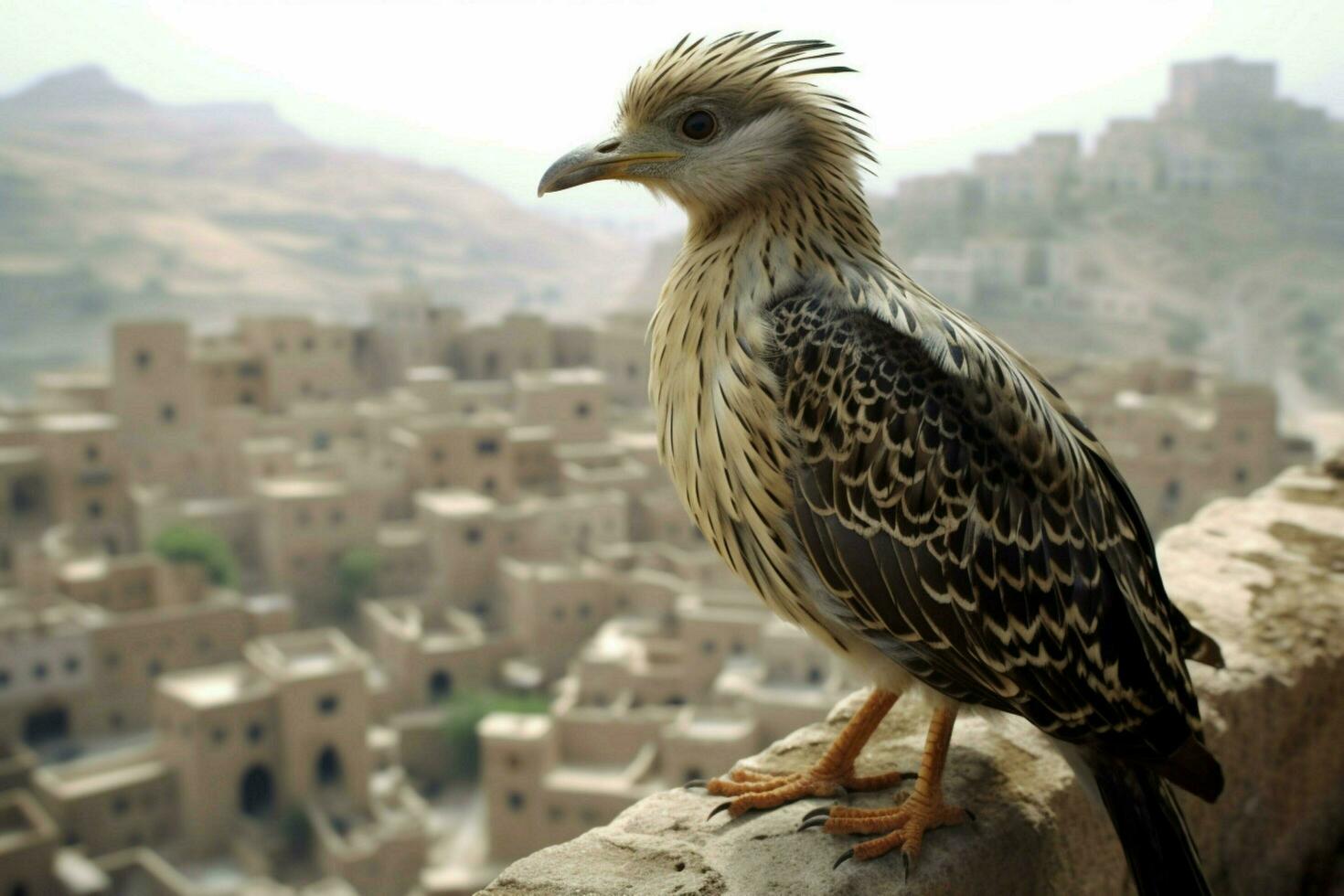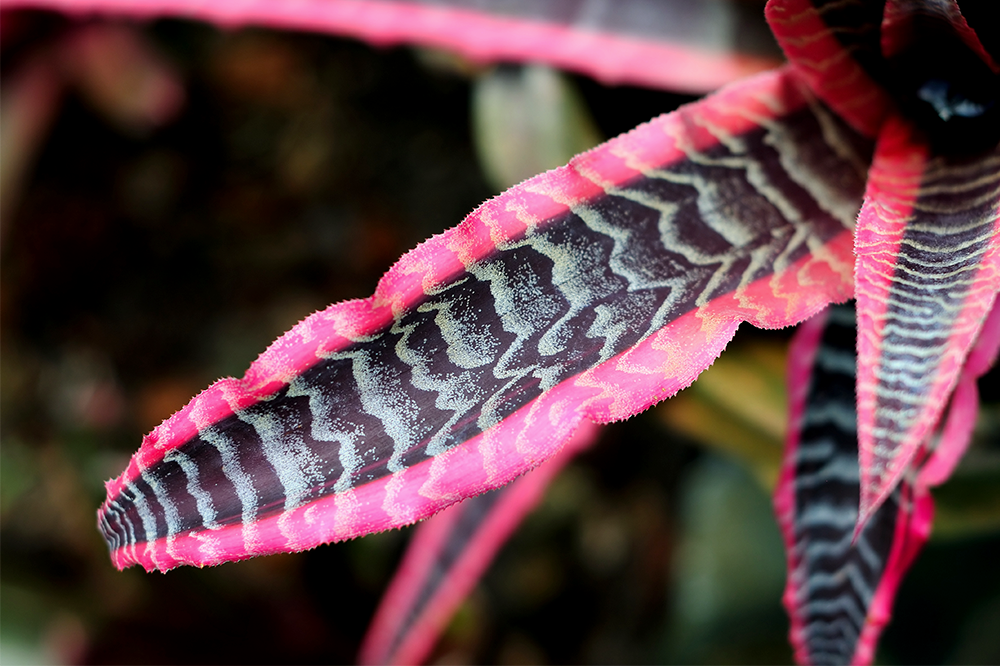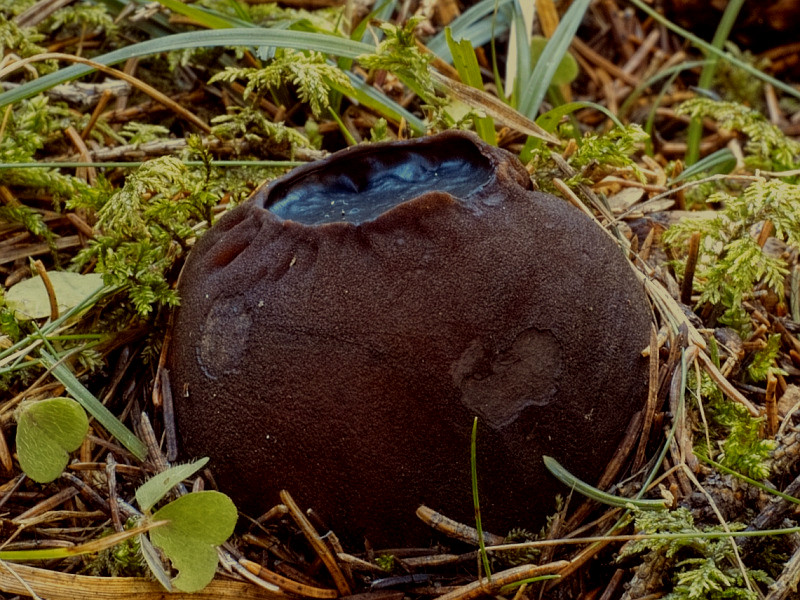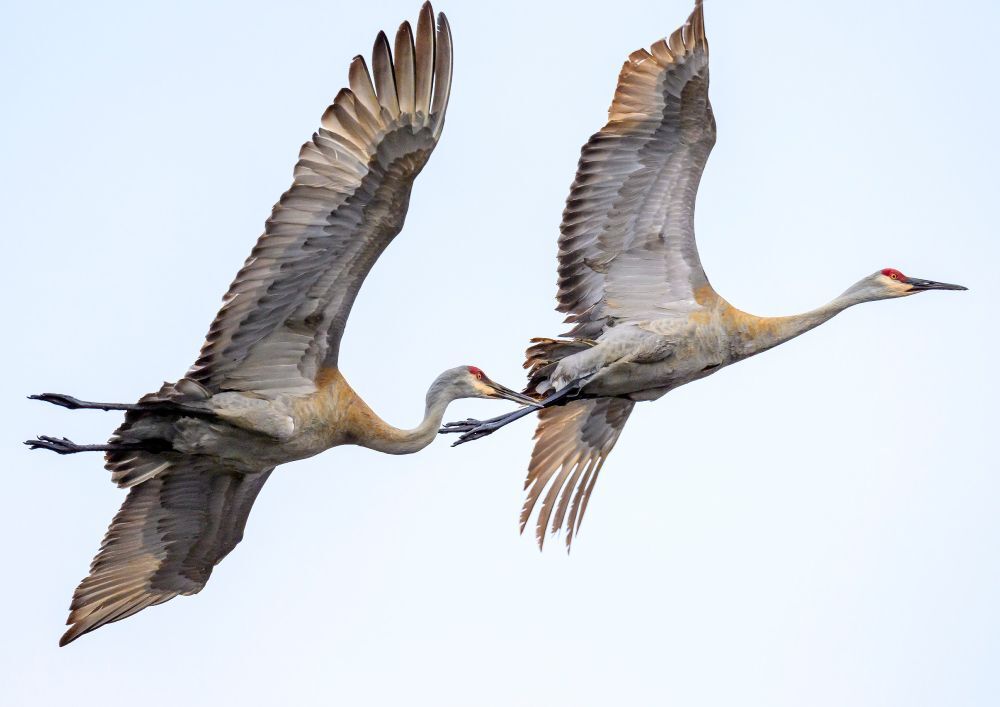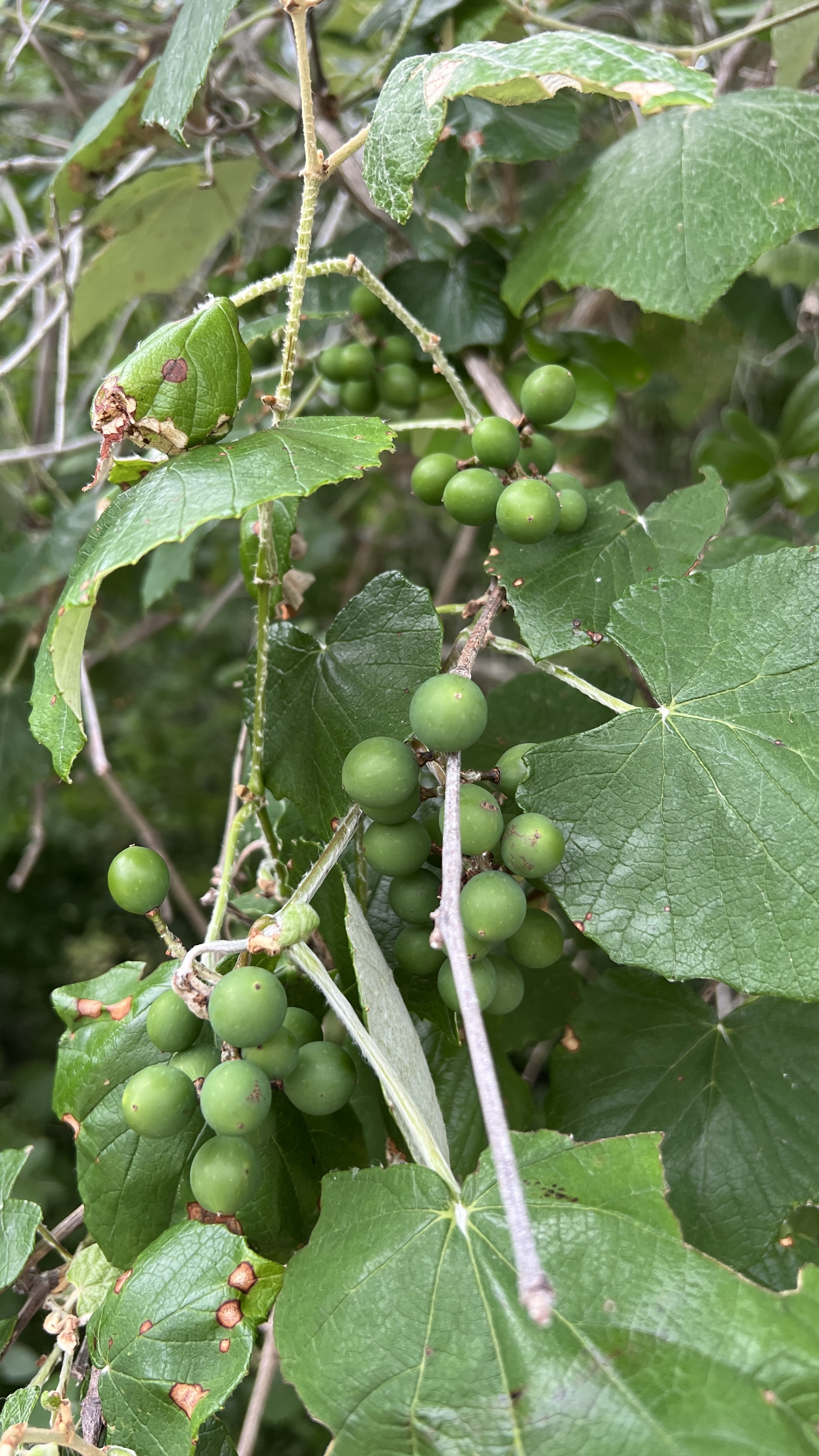Full text
Wild Side: Pygmy grasshoppers - The Martha's Vineyard Times
My favorite insect looks more like a bean or a bullet.
By Matt Pelikan
April 7, 2021
The most favorite of my many favorite insects is surely the crested pygmy grasshopper, Nomotettix cristatus. It's probably the smallest Orthoptera occurring on Martha's Vineyard, with adults ranging between a quarter and three-eighths of an inch in length. The compact body looks more like a bean or a bullet than an insect. And the species comes in a vast range of color variants, so that every individual looks unique; most color schemes blend in beautifully with the sandy soil these insects prefer.
Pygmy grasshoppers, usually treated as their own family, Tetrigidae, share the basic design of grasshoppers generally, with huge hind legs that propel impressive leaps. But Tetrigidae is characterized by a massive backward extension of the pronotum (the "shell" that covers the insect's middle body section, or thorax). In my friend Nomotettix, the pronotum extends back to the end of the abdomen; in some other species, it extends even further.
Wings, in pygmy grasshopper species that have them, are concealed under this long extension. In some species, the wings are fully developed, and the insects are fully capable of flight. In Nomotettix, the wings are nearly absent (I've managed a few photos showing tiny wing buds on this species), and the grasshoppers rely solely on hopping and walking to get around.
I had been seeing Nomotettix for years before I finally figured out what it was. Searching for early spring butterflies in April, I'd sometimes catch a glimpse of a tiny insect making a muscular leap out of my path. I could never relocate one to get a look, though, and this tiny hopping insect remained a mystery until one day I managed to track the trajectory of one to its landing point. I crept close enough for photographs, and to my amazement, the puzzling critter proved to be a grasshopper!
Learning anything significant about Nomotettix, though, has proven to be an enduring challenge. Even the adults, the size of a small, well-camouflaged, rocket-propelled bean, are painfully hard to detect; the nymphs, or immatures, are smaller, and I've never managed to spot one. And due to the difficulty in finding this species, it has been little studied by biologists. But by combining a dozen years of sightings with what I hope is some informed speculation, I'm finally starting to get a feel for how this peculiar insect lives.
It's well established that, unusually among grasshoppers, Nomotettix survives the winter in adult form. The adults I find in early spring, then, are easy to explain: They are members of the previous year's cohort, resuming activity and keen on reproducing. But looking over my records of this species, I can be even more specific.
First, I've never managed to find the species during the winter (in contrast to the nymphs of a few other grasshoppers, which are semi-active during the winter and easy to find). So I think Nomotettix matures in summer and fall and then goes fully dormant for the winter, probably hunkered down deep in the leaf litter in its preferred sandplain habitat.
Second, while I've found this species a few times in the fall and once down on the Island's south shore, the vast majority of my records for this species come from early spring, along specific sections of fire lane in Correllus State Forest.
Nomotettix can be locally common, by grasshopper standards, at the right time and place. On one late March day, for example, I found at least 16 along a scant quarter-mile stretch of my favorite fire lane. But the species seems to be absent from most of the State Forest, turning up in loose aggregations only in very specific areas.
The main reason I can think of for an insect to gather into groups is for mating: I think these early spring aggregations are the way Nomotettix males and females find each other. The pattern evident in my records suggests that something — the sandy expanses of the fire lane? The linear edge of the shrubby vegetation along the fire lanes? — has an instinctive appeal for Nomotettix in the spring, leading individuals to concentrate there.
And the dearth of records at other times of the year suggests that this early spring sociability is just a seasonal blip in the overall behavior of this species. I presume that once mating is accomplished, these tiny grasshoppers disperse back into the vegetation, probably leading solitary and mostly hidden lives among the fallen leaves beneath the scrub oak and huckleberry. Good luck finding them there, and good luck finding the even smaller nymphs once they hatch!
So I'm hypothesizing a patchy distribution for this insect on the Vineyard, with multiple subpopulations in particularly favorable sites on the sandplain. These subpopulations probably do interact with each other at least a little, but given the distance between favored areas, this contact may be limited. Each spring, drowsy individuals of each subpopulation shake off their winter dormancy and meander down to the edges of sandy fire lanes, where they can easily find each other for mating.
For as long as I'm mobile and can see, I'll be out there to greet them.
